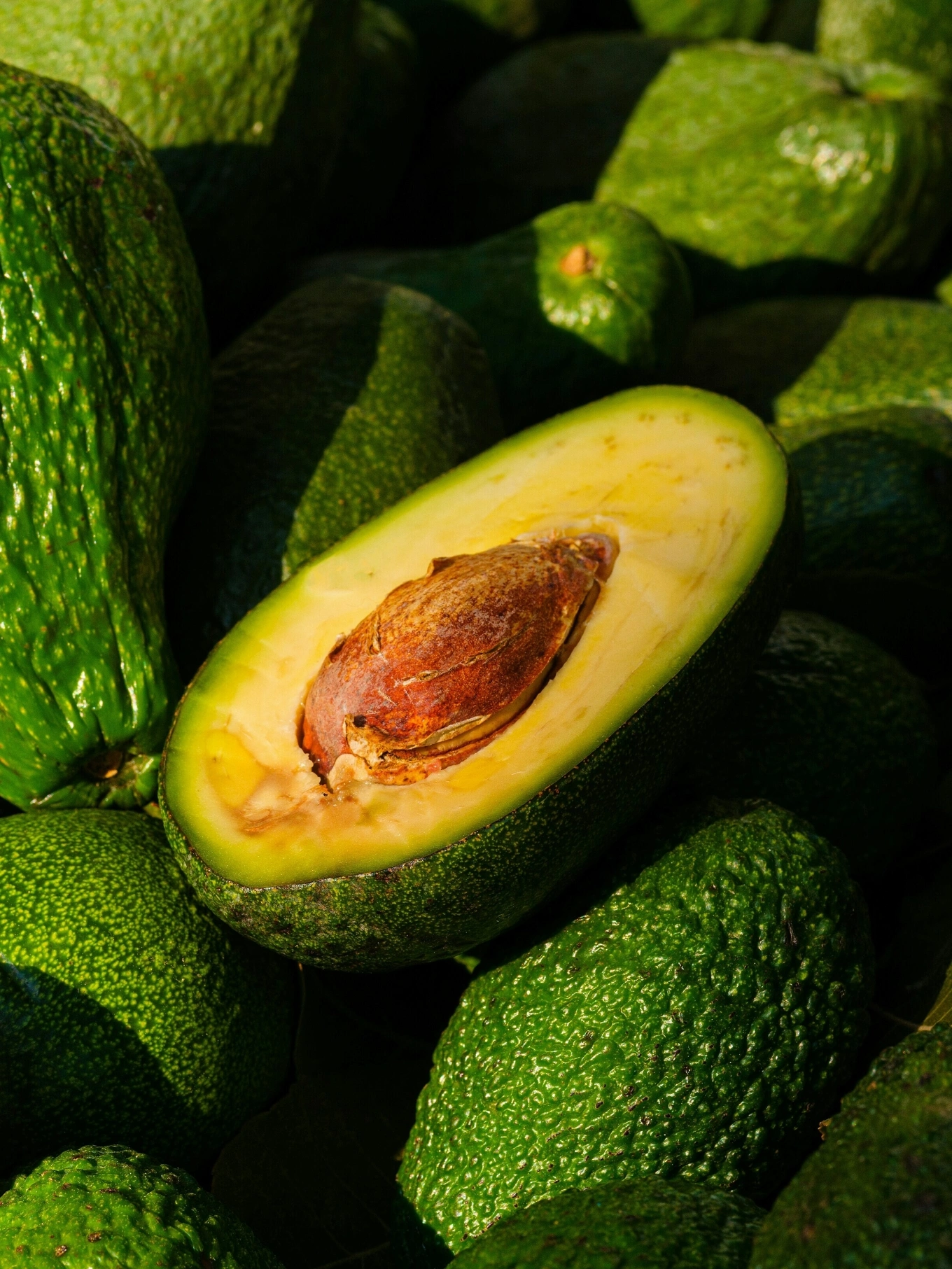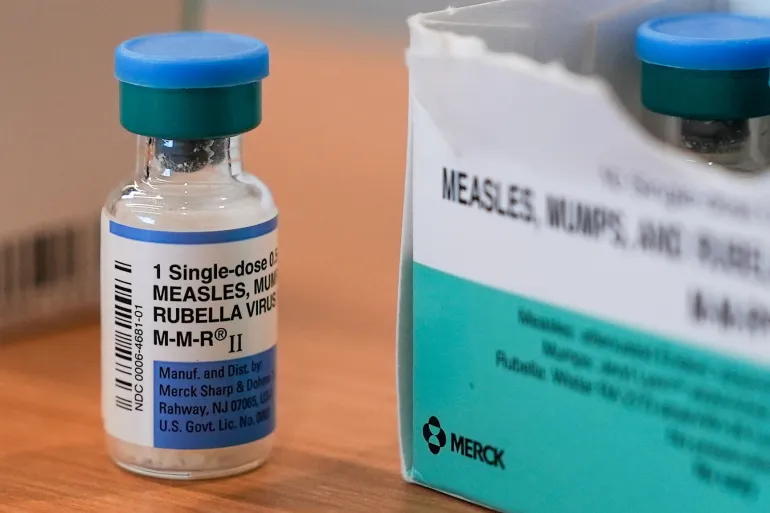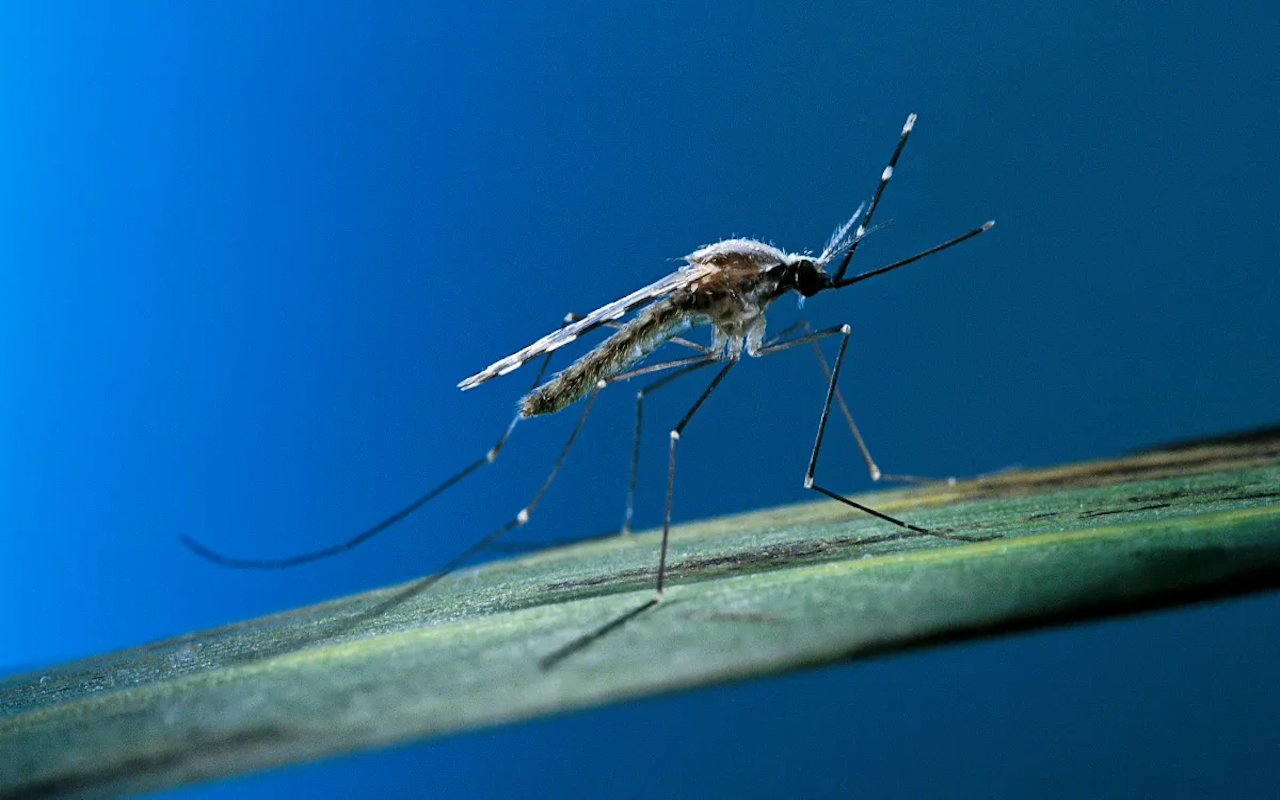Southern Hemisphere Flu: Travel Health Alert
As summer vacation plans often lead travelers to the alluring destinations of the Southern Hemisphere, a critical health consideration emerges: the necessity of protection against influenza.
While many associate flu season primarily with colder months in their home regions, the cyclical nature of the influenza virus means it peaks at different times of the year across the globe. Currently, the World Health Organization (WHO), through its Influenza Update N° 534, is issuing a significant advisory: everyone planning to visit or residing in the ‘south’ should proactively consult with a healthcare provider regarding their immunization options. This proactive stance is vital for safeguarding individual health and preventing the spread of the virus.
As of July 2025, data indicates a concerning elevation in influenza positivity rates across several key regions of the Southern Hemisphere. This includes countries located in Tropical and Temperate South America, a vast geographical area encompassing diverse climates and popular tourist spots. Additionally, the virus is notably active in parts of Southern and Eastern Africa, as well as across South-East Asia. This broad geographical spread underscores the current global activity of influenza, making pre-travel vaccination an increasingly important consideration for international travelers.
The risk of exposure to the influenza virus during travel is intrinsically linked to both the time of year and the specific destination. In temperate regions within the Southern Hemisphere, such as Brazil, influenza epidemics traditionally become more prevalent from April to September. This period directly overlaps with the typical summer vacation season for many travelers from the Northern Hemisphere, creating a heightened risk of exposure.
Lessons from the North: A Severe Flu Season Precedes Southern Trends
The importance of flu vaccination in the Southern Hemisphere is further underscored by the experiences observed in the Northern Hemisphere during its most recent flu season. Specifically, in the United States, the previous flu season (2024-2025) was notably severe, marking it as the worst in 15 years. This heightened activity led to increased hospitalizations, significant strain on healthcare systems, and unfortunately, a higher number of severe outcomes. Such a challenging season in the North serves as a potent reminder of influenza’s potential impact and the critical role vaccination plays in mitigating its severity and spread.
In response to these global trends and to help prepare for potential future surges, pharmaceutical companies are actively working to ensure vaccine availability. CSL Seqirus, a prominent global influenza vaccine company, recently announced a significant development for the upcoming flu season in the United States. On July 10, 2025, the company confirmed that it had commenced shipping its differentiated portfolio of flu vaccines for the 2025-2026 season across the U.S. This early shipment is a proactive measure aimed at ensuring a timely and robust vaccination campaign, drawing lessons from the severity of the previous season.
Gregg Sylvester, Chief Health Officer at CSL Seqirus, articulated the gravity of the situation and the importance of vaccination in a press release issued on July 10, 2025. “During this past flu season, doctors’ offices, emergency departments and hospitals across the country were filled with patients affected by the flu,” Sylvester stated. His remarks highlighted the significant burden placed on healthcare infrastructure and the community. “We experienced the impact flu can have on our communities, our healthcare systems, and in our own homes,” he added, emphasizing the widespread and personal nature of influenza’s consequences.
To prevent a recurrence of such widespread impact, Sylvester unequivocally stated: “To make sure this doesn’t happen again, vaccination is the first and most important action to help prevent flu and its potentially serious consequences.” This message serves as a global call to action, reinforcing the consistent recommendation from leading health authorities worldwide.
Official Recommendations: Who Should Get Vaccinated?
The consensus among global health authorities regarding influenza vaccination is clear and consistent. According to the U.S. Centers for Disease Control and Prevention (CDC), it is strongly recommended that all eligible individuals aged six months and older receive an annual influenza vaccine. This broad recommendation underscores the importance of widespread immunization, not only for individual protection but also for achieving community-level immunity, often referred to as “herd immunity,” which helps protect those who cannot be vaccinated.
The CDC’s recommendation is particularly emphatic for individuals identified as being at an increased risk of severe influenza-related complications. This includes several vulnerable populations who face a higher likelihood of developing serious illness, hospitalization, or even death if they contract influenza. These at-risk groups include:
- Older adults: As individuals age, their immune systems naturally weaken, making them more susceptible to severe flu complications.
- Pregnant individuals: Flu can be very serious for pregnant people, increasing the risk of premature labor and delivery, and other complications for both the mother and the baby.
- Children under five years old: Young children, especially those under two, have developing immune systems that may struggle to fight off influenza effectively.
- Individuals with chronic medical conditions: This vast category includes people with asthma, diabetes, heart disease, chronic lung disease, kidney or liver disorders, blood disorders, and compromised immune systems. For these individuals, influenza can exacerbate existing conditions and lead to life-threatening complications.
- Residents of nursing homes and other long-term care facilities: These settings often involve close quarters, making viral transmission more likely among a vulnerable population.
The annual nature of the recommendation stems from two key factors: firstly, the influenza virus constantly evolves, with different strains circulating each year, necessitating a reformulated vaccine. Secondly, the protection provided by the flu vaccine typically wanes over time, requiring a fresh dose for optimal immunity. Therefore, regardless of geographical location or travel plans, adhering to annual influenza vaccination recommendations is a foundational step in personal and public health.
Why Travelers to the Southern Hemisphere Need Flu Shots
For individuals planning international travel, especially to the Southern Hemisphere during their peak flu season, getting a flu shot is not just recommended; it’s a critical travel health precaution. The Northern and Southern Hemispheres experience their flu seasons at opposite times of the year due to seasonal variations and human movement patterns. When it’s summer in the Northern Hemisphere (June-August), it’s winter in the Southern Hemisphere (June-August), and vice-versa.
This means that a traveler from the U.S. or Europe, who might have received their flu shot in their home country’s autumn/winter season, could find their immunity waning by the time they travel to a Southern Hemisphere country experiencing its peak flu activity. Furthermore, the circulating strains of influenza can vary between hemispheres. The Southern Hemisphere vaccine formulations are designed to protect against the strains predicted to be dominant in that region, which may differ slightly from the strains prevalent in the Northern Hemisphere’s previous season. Therefore, a specific “Southern Hemisphere flu shot” or a general up-to-date flu shot before traveling offers the best protection against the influenza viruses likely to be encountered at the destination.
Travel itself can also be a risk factor for influenza transmission. Crowded environments like airports, airplanes, cruise ships, and public transport systems provide ideal settings for respiratory viruses to spread. Being in close proximity to people from diverse geographical locations increases the chances of encountering a novel or different strain of the virus.
Illness during travel can significantly disrupt itineraries, lead to costly medical emergencies in foreign countries, and potentially require extended stays for recovery. For older adults or those with underlying health conditions, contracting influenza while abroad can be particularly dangerous due to challenges in accessing familiar healthcare or dealing with travel insurance complexities. Hence, for anyone embarking on a journey to the Southern Hemisphere, consulting with a travel health clinic or healthcare provider several weeks before departure to discuss flu vaccination and other relevant health precautions is an essential part of responsible travel planning.
Global Surveillance and Vaccine Development
The global effort to combat influenza relies heavily on a sophisticated system of global surveillance coordinated by the WHO and its collaborating centers. This network continuously monitors influenza virus activity around the world, tracking circulating strains, identifying new variants, and assessing their potential to cause disease. Data collected from various sentinel sites, laboratories, and national health authorities across both hemispheres is critical for informing vaccine composition.
Twice a year, the WHO convenes expert committees to make recommendations for the influenza vaccine composition for the upcoming Northern and Southern Hemisphere flu seasons. These recommendations are based on the latest surveillance data regarding the most prevalent and concerning influenza A and B viruses. Vaccine manufacturers like CSL Seqirus then use these recommendations to produce the specific flu shots for each season.
This continuous cycle of surveillance, prediction, and production is vital for ensuring that the annual flu vaccine provides the broadest possible protection against the strains most likely to cause illness. The severity of the past Northern Hemisphere season likely further emphasizes the need for robust surveillance and timely vaccine distribution globally. Ultimately, the interconnectedness of global travel and influenza transmission means that a healthy Southern Hemisphere contributes to a healthier world, highlighting the universal importance of influenza vaccination.






